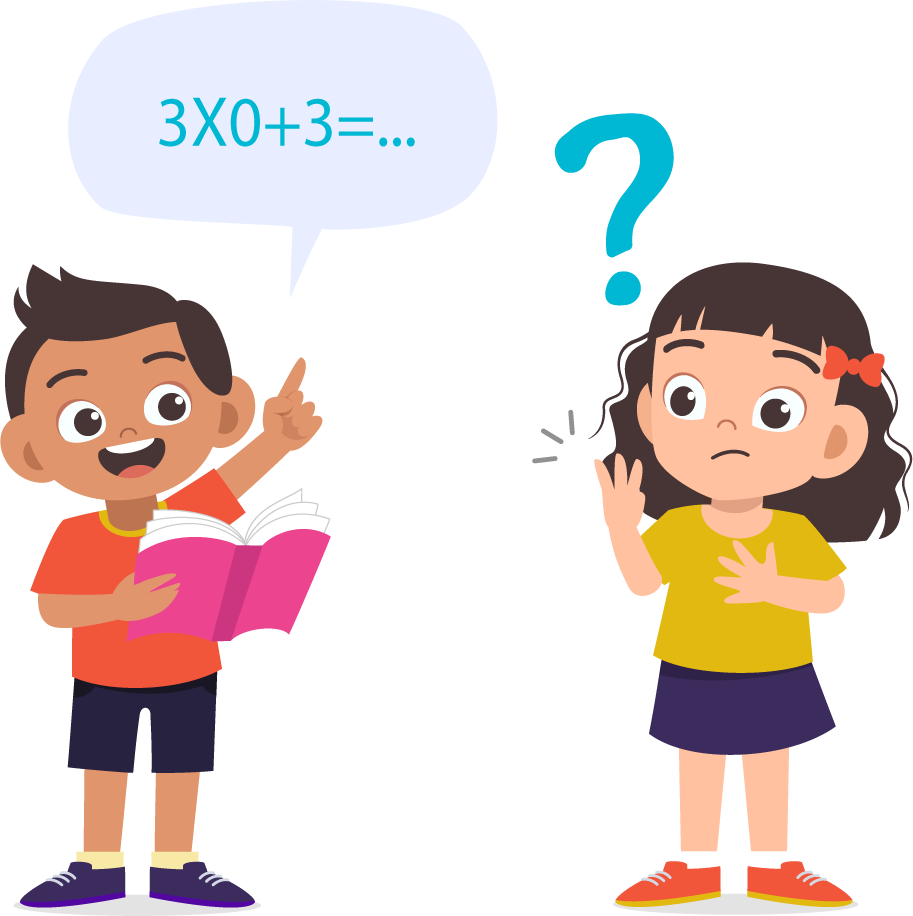
Every currency note has two sides- obverse and reverse. The obverse is the main or primary side of any currency note, while the reverse is the other side. In the Indian Rupee (₹) notes, the side with Mahatma Gandhi’s portrait is the obverse side. On the reverse side, you can see different things that represent India’s heritage, history and architecture.
Since 2016, the Reserve Bank of India (RBI) has come up with a new series of currency notes with the values of ₹2,000, ₹500, ₹200, ₹100, ₹50, ₹20 and ₹10. In these notes, while the obverse side continues to feature the same portrait of Mahatma Gandhi, you can see images of different historical sites and structures on the reverse side. Recently, the Government of India announced the decision to withdraw the ₹2,000 currency note. If you see any ₹2,000-currency note, you will see the Mangalyaan (Mars Orbiter) on the reverse side.
In a similar manner, you have to identify the features on the reverse side of the other currency notes of the new series.

